No edit summary |
Joe Raftery (talk | contribs) (→Intro) |
||
| Line 17: | Line 17: | ||
Rainwater is relatively free of impurities except for those pollutants from the atmosphere that settle on the roof, organic matter and bird and animal droppings entering the system, and possible pollutants from system materials. In Mexico City there are probably more risks from using municipal supply water rather then rainwater, nevertheless it is still important to measure the water quality coming from [[rainwater harvesting]] systems. | |||
Rainwater is relatively free of impurities except for those pollutants from the atmosphere that settle on the roof, organic matter and bird and animal droppings entering the system, and possible pollutants from system materials. | |||
The health risks posed by different elements entering rainwater can be minimized by good design and maintenance practices. <ref> World Health Organization. Water Sanitation and Hygiene: 6.11 Rainwater harvesting. http://www.who.int/water_sanitation_health/gdwqrevision/rainwater.pdf </ref> [[Isla Urbana]] wants to test their rain water quality for domestic uses and the following are parameters, EPA and WHO recommended concentration levels, testing procedures, and results found by [[Isla Urbana| Isla urbana’s]] systems. This is one project in a series of water quality and community service projects at [[Isla Urbana]]. | |||
==Background== | ==Background== | ||
Revision as of 21:48, 8 October 2011
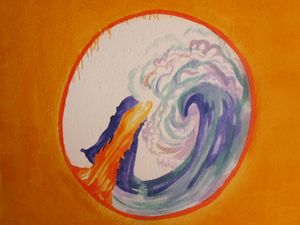
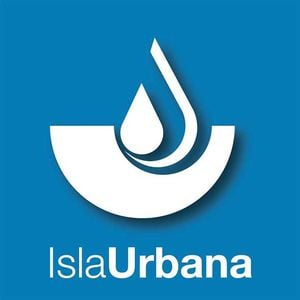
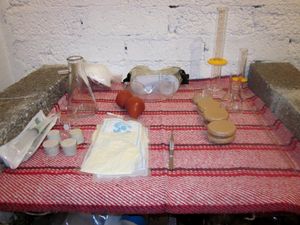
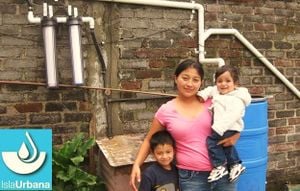

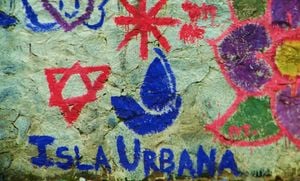
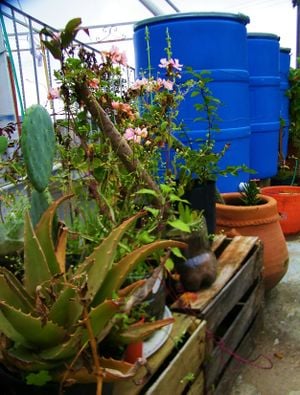
Rainwater is relatively free of impurities except for those pollutants from the atmosphere that settle on the roof, organic matter and bird and animal droppings entering the system, and possible pollutants from system materials. In Mexico City there are probably more risks from using municipal supply water rather then rainwater, nevertheless it is still important to measure the water quality coming from rainwater harvesting systems.
The health risks posed by different elements entering rainwater can be minimized by good design and maintenance practices. [1] Isla Urbana wants to test their rain water quality for domestic uses and the following are parameters, EPA and WHO recommended concentration levels, testing procedures, and results found by Isla urbana’s systems. This is one project in a series of water quality and community service projects at Isla Urbana.
Background
Testing is being done by the Laboratorio de Ajusco de Tecnologia Alternativa, a nonprofit laboratory providing technical assistance in testing different appropriate technologies. Right now they are working with Isla Urbana for rainwater quality testing and the International Renewable Resources Institute-Mexico for biodigester effluence water and fertilizer quality studies. Isla Urbana is a nonprofit working in Mexico City as well as in other areas of Mexico to improve water quality and water accessibility to people who have no access to clean water. They coordinate efforts with different communities to build local capacity and local jobs for designing and building rainwater catchment systems around Mexico.
1. Testing Procedures for Rainwater quality
2. Expected Parameter Concentrations for Rain Water
References
- ↑ World Health Organization. Water Sanitation and Hygiene: 6.11 Rainwater harvesting. http://www.who.int/water_sanitation_health/gdwqrevision/rainwater.pdf